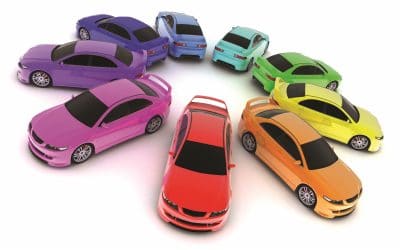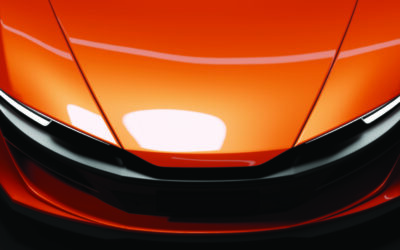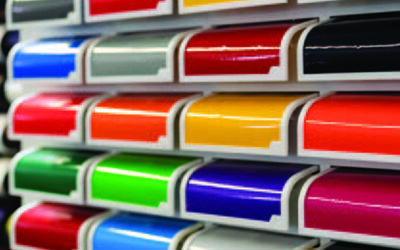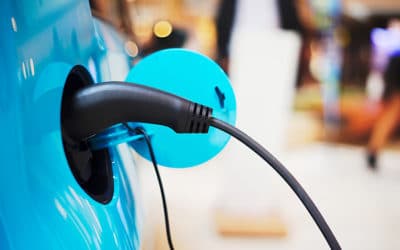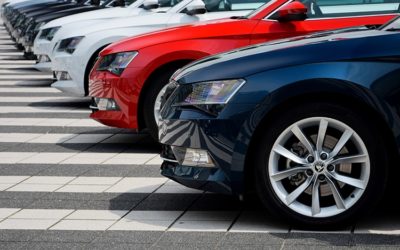Automotive Corrosion Symposium Seeks Poster Abstracts
The Automotive Corrosion Symposium is scheduled for April 11-12 in Detroit, MI. Although the deadline for speaker abstract submissions has passed, the symposium welcomes the submission of Poster Abstracts until ... Read More…
